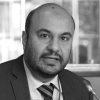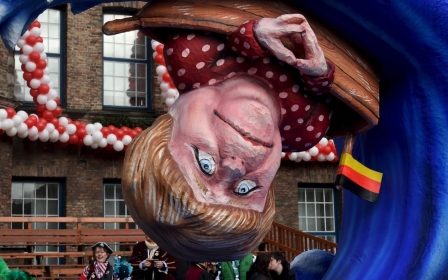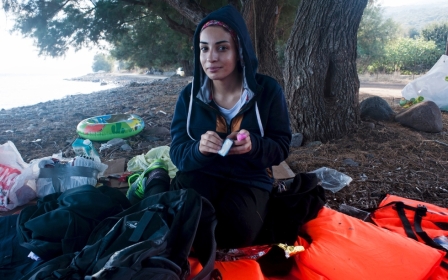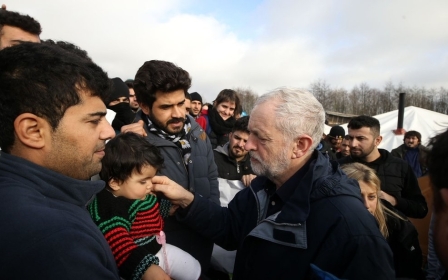Expect more drowning in the Mediterranean thanks to EU policies
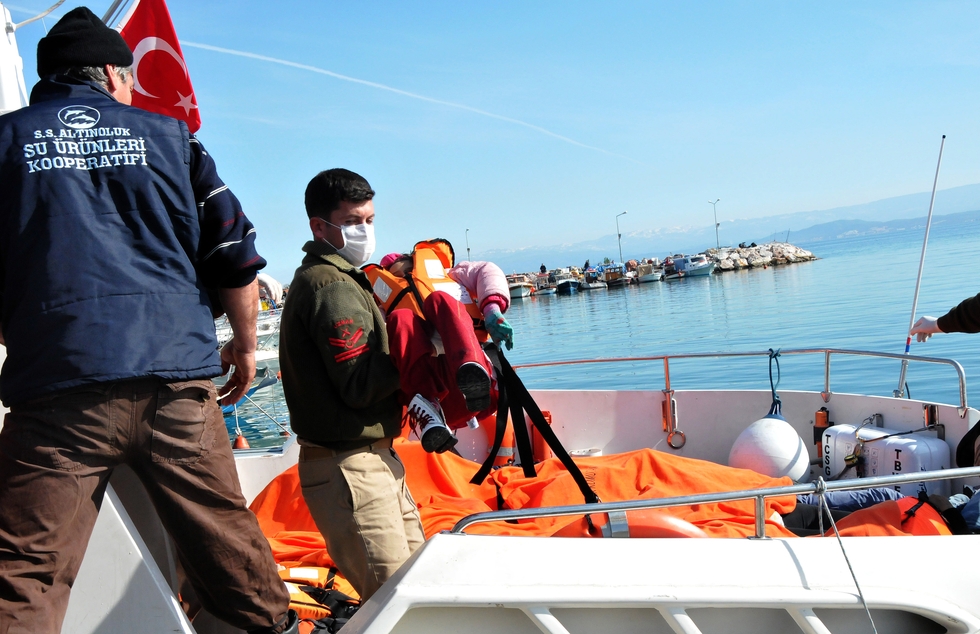
Six months ago, a moral awakening stirred in western European societies. Shocking images of drowned children flooded the public consciousness, as thousands of refugees and migrants gathered in Macedonia, Serbia, Hungary and other countries of transit.
A “welcoming culture” suddenly pervaded many western European societies and social and humanitarian initiatives were launched. There were moving scenes as mothers arrived with their children, and orphans with miserable, pale faces arrived alone.
Then in November terrorist attacks hit France, and all Europe held its breath for several days. Suddenly countries that were already harsh and inflexible on the refugee issue, most notably France, declared plans to close their borders. The Paris shock linked refugees with security fears, opening the door to wider European military involvement in Syria and Iraq on a larger scale.
As the year ended, the “welcoming culture” was dealt another painful blow. Harassment claims stoked fear after a torrid New Year’s Eve in Cologne. There was news of similar incidents in other European cities. Refugees were held responsible in a generalising, and sometimes arbitrary manner.
After “the night that changed Germany”, as Der Spiegel wrote on its front page, headlines, pictures and caricatures showed up on tabloid front pages all across Europe, talking about the crimes, attacks and incidents committed by refugees.
The shock in Cologne, as portrayed in the media, was accompanied by reports that Germany alone had welcomed some million refugees during the year. Although the figure itself was not accurate at the time, because many were just passing through on their way to other European destinations, the million mark was enough to raise voices saying, “Enough is enough.”
The welcoming culture that swept western Europe over the past six months had already been accompanied by violence, political objections and media campaigns against refugees. The number of attacks on refugee facilities reached 924 in Germany alone during 2015, and the indicators for such incidents this year have increased dramatically.
The refugee issue posed a number of sharp internal political disputes across Europe over the past six months, and these are still ongoing. The issue also caused rifts in the structure of European unity due to the decline of confidence in the Schengen agreement. The images of iron gates and fences on the borders in central and Eastern Europe have re-emerged, along with the failed attempts at “fair distribution” of refugees within EU countries.
Even the country that welcomed the largest percentage of refugees compared to its population, Sweden, announced it would completely stop welcoming arrivals, justifying its decision by the fact that it has exhausted its absorption capabilities. Austria made agreements with countries in the western Balkans to stop the flow of refugees, which cuts off their access through central Europe.
These developments crystallised the level of commitment to humanitarian and moral standards among policy-makers in Europe. It also revealed the shocking shortage in this regard from some central and eastern European countries.
Measures that aimed at limiting the flow of refugees were taken, and Europe proposed alternatives that involved countries neighbouring Syria taking in refugees in exchange for financial support. A European partnership was developed by Turkey to take in the largest possible number of refugees in its territories and to improve their living conditions, and similar measures were agreed with Jordan and Lebanon.
Discouraging messages were also being sent by some European countries aimed at anyone thinking of going there. This was done by openly talking about the decline of available living and accommodation provision or the difficulty in accepting applications for newcomers. They also announced preparations to deport a large number of those whose applications were rejected or imposing new conditions such as temporary residency or prohibiting family reunification.
New deal, more victims
There is no doubt that the decisions being made in Brussels will create new victims in the on-going refugee tragedy. With the approach of Spring, ground and sea infiltration is starting up again, while the positions in Europe are moving towards reinforcing the continent’s borders and deporting the crisis to the surrounding areas. Europe seems to think it can cut itself off from the troubles surrounding it and pull up the draw bridge.
This will certainly ultimately lead to huge crowding of refugees in border areas and will allow for the re-emergence of mass drownings. Looking at the maps of wars, conflicts, and economic crises surrounding the European area, it is difficult to say that limiting the flow of people into Europe is a practical option.
But the fact remains that Europe is part of this world, and in the era of globalisation it must face the consequences and burdens of economic, developmental, social and economic turmoil. There is a need for deep and serious reconsideration of Europe’s view towards the outside world if it truly does not want to see the number of those drowning increase on its shores.
- Hossam Shaker researcher and author, consultant in media, public relations, and mass communication for a number of organisations in Europe, resides in Vienna: He has an interest in analysis of European and international affairs, as well as social and media issues.
The views expressed in this article belong to the author and do not necessarily reflect the editorial policy of Middle East Eye.
Photo: A Turkish coast guard carries the body of a child off a rescue boat on 8 February, 2016 at Altinoluk district, in Balikesir (AFP).
Middle East Eye propose une couverture et une analyse indépendantes et incomparables du Moyen-Orient, de l’Afrique du Nord et d’autres régions du monde. Pour en savoir plus sur la reprise de ce contenu et les frais qui s’appliquent, veuillez remplir ce formulaire [en anglais]. Pour en savoir plus sur MEE, cliquez ici [en anglais].


